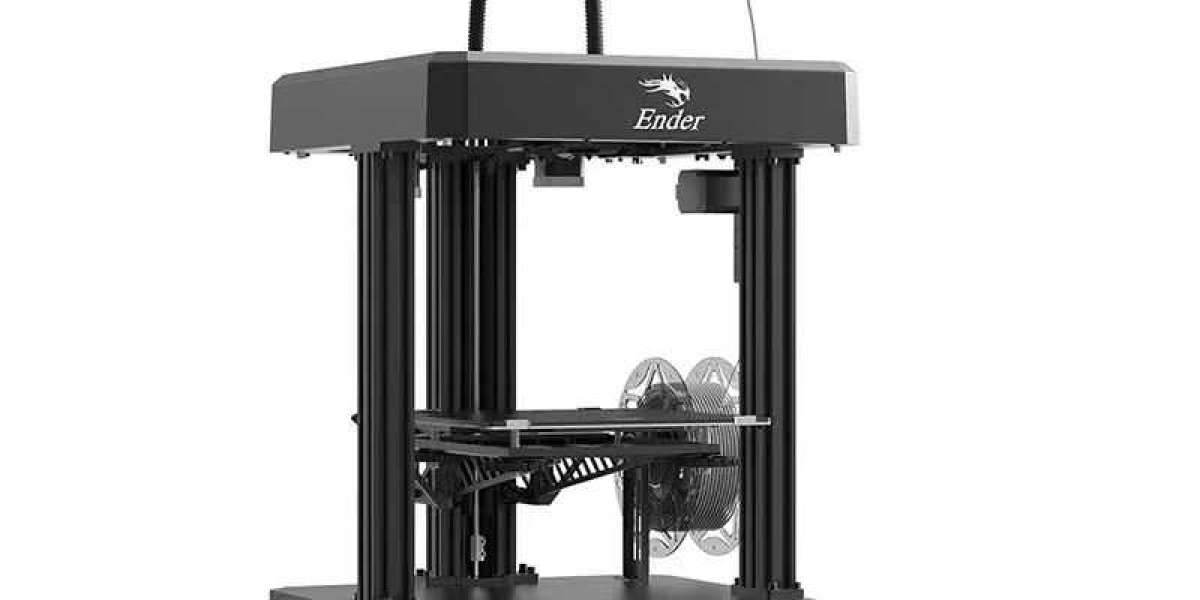Platform temperature control, as a key link, directly affects the stability of the printing process and the quality of the final product. This paper will deeply discuss the importance of FDM printer platform temperature control and specific methods, and combined with the actual case analysis.
The FDM printer works by melting the plastic filament through heat, and then extruding it layer by layer through the nozzle in a preset path to finally form the desired three-dimensional object. In this process, the platform temperature control mainly includes two aspects: print head temperature and platform temperature. The print head temperature is used to melt the material, while the platform temperature is used to control the cooling rate of the material on the platform, preventing deformation and warping of the model.
The importance of platform temperature control is reflected in the following aspects:
Prevent warping of the model: During the printing process, if the platform temperature is too low, the material will cool and shrink rapidly after extrusion, resulting in warping of the model edge. Proper platform temperature can slow down the cooling rate of the material and avoid warping phenomenon.
Improve model adhesion: A suitable platform temperature can improve the adhesion between the bottom layer of the model and the platform, ensuring that the model is stable and does not shift during the printing process.
Improve print quality: The platform temperature directly affects the bonding effect of each layer of material. The appropriate temperature can ensure good adhesion between layers and improve the overall strength and surface finish of the printed object.
The specific methods of platform temperature control mainly include the following aspects:
PID control algorithm: PID (proportional-integral-differential) control algorithm is a commonly used temperature control method in FDM printers. By adjusting the three parameters P (proportional), I (integral) and D (differential), precise temperature control can be achieved. Increasing the P parameter can shorten the heating time, but may increase the temperature overshoot. Increasing I parameter can eliminate steady-state error and increase stability. Increasing the D parameter can reduce the overshoot, but at the same time reduce the stability.
Temperature sensors: Temperature sensors are key components for accurate temperature control. Commonly used temperature sensors include metal thermal resistors, thermocouples and new integrated temperature sensors. FDM printers typically choose temperature sensors such as platinum resistors that provide accurate temperature measurements over a wide temperature range.
Heating platform design: The design of the heating platform also has an important impact on temperature control. The efficient heating platform provides uniform heating and reduces temperature fluctuations. In addition, the heat dissipation design of the heating platform is also very critical, and appropriate heat dissipation can ensure the stability of the platform temperature and avoid local overheating.
Material characteristics: Different printing materials have different temperature requirements. For example, the optimal platform temperature for PLA materials is usually around 60 ° C, while ABS materials require a higher platform temperature, generally around 100 ° C. Therefore, when selecting the platform temperature, it needs to be adjusted according to the characteristics of the specific material.
Actual case
A manufacturing company encountered a serious model warping problem at the beginning when using FDM printer to produce complex structural parts. After analysis, it was found that it was caused by improper platform temperature setting. The platform temperature was originally set at 50 ° C, suitable for PLA material, but the temperature was too low for the ABS material they used. Shorten the heating time by adjusting the platform temperature to 95℃ and optimizing the PID parameter (increase the P parameter to 0.8; The I parameter is increased to 0.05 to eliminate the steady-state error), and the model warping problem is significantly improved. In addition, the company has introduced new integrated temperature sensors that further improve the accuracy and stability of temperature measurements. In the end, the print quality and production efficiency of the products have been greatly improved.
In short, FDM printer platform temperature control is the key technology to ensure the printing quality and efficiency. Through reasonable PID parameter adjustment, accurate temperature sensor, efficient heating platform design and temperature adjustment according to material characteristics, stable temperature control can be achieved and the printing effect can be improved. In practical applications, engineers and users need to continuously optimize temperature control strategies according to specific situations and promote the further development of 3D printing technology.







